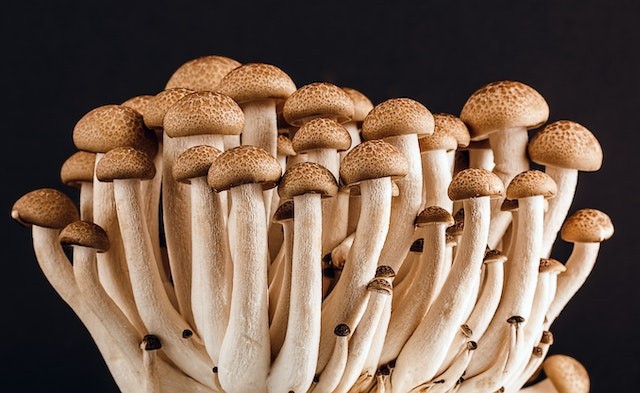
Fungi reportedly speak in a language similar to humans. However, communication in the fungal world involves electric spikes.
Fungi Language Humans
The fungus kingdom includes everything from yeasts and molds to the more well-known mushrooms. It appears that mushrooms are capable of exchanging electric spikes. Intriguing parallels between them and human communication were discovered, according to a Royal Society Open Science study. The researchers examined the patterns in these electromagnetic spikes and found that they resembled a "language."
Enoki, split gill, ghost, and caterpillar fungi were among the four types in the mushrooms above. The study focused on activity in hyphae, which are long, branching filaments of fungi that have been compared to neurons. The hyphae used by the fungi to communicate electrical signals caused clusters of spikes to be observed in the data. These hits had a pattern and vibration length similar to a human vocabulary of up to 50 words, which the mushrooms may be able to distinguish.
According to Andrew Adamatzky, a computer scientist at the University of West England's Unconventional Computing Laboratory, the study shows that the distributions of fungal word lengths are similar to those of human languages. The average length of each claimed "word" was 5.97 letters (the average number of letters in an English word is roughly 4.8), which, in Adamatzky's opinion, suggested "minds and a consciousness."
It's also remarkable that the impulses seemed to quicken when mushrooms come across new food sources, indicating that fungi are employing "language" to communicate with one another. Like a "wolf's howl," the fungi may occasionally use these spikes to signal their presence, Adamatzky added.
ALSO READ: Lethal Death Cap Responsible for 90% Mushroom-Related Death Has an FDA-Approved Antidote [Report]
How Many Sexes Do Mushrooms Have?
While fungi and humans communicate similarly, humans don't compare to the former when it comes to sexes. Fungi have a mechanism of sexual reproduction known as a mating-type system, allowing some of them to have thousands of sexes.
Depending on changes in particular genes, they can only mate with other members of their species. It indicates that whereas some mushrooms only have two sexes or mating types, some fungi have significantly more sexes, up to 36,000!
Schizophyllum commune, a particularly promiscuous fungus (affectionately referred to as "schizo"), has 23,000 sexes. You wouldn't think much of it due to its plain appearance. Although the shroom is described as "inedible" in many Western travel guides, other cultures don't mind its stiff, rubbery texture.
It is a type of wood rot found in Nigeria, the East Indies, Thailand, India, and other places where a large population lives and consumes. It is also used medicinally because, like many fungi, it has antiviral and antifungal properties that keep it safe in the wild. Furthermore, if you knew nothing about mycology, you wouldn't expect a straightforward white wood rot to have tens of thousands of sexual variants. Its populations constantly diversify regarding sexual orientation since communes must mate with genetically distinct individuals.
Check out more news and information on Mushroom in Science Times.











